There are a few reasons you might think you want to do this:
- Take advantage of a new trend.
- Identify and corner a new type of buyer.
- Combine multiple markets.
- Reboot an old market.
Oh, and one more -- it's lucrative. According to Harvard Business Review, "Companies that were instrumental in creating their categories accounted for 53% of incremental revenue growth and 74% of incremental market capitalization growth."
And my company, Gainsight (like a lot of would-be category creators) was eager to receive those benefits right away.
But we also saw the big drawback. If you're thinking about category creation, you've already thought of it, too -- there are no customers.
Fast forward five years later, and I'm not fixing Gainsight's wifi anymore. Instead, I'm skimming this article and find Gainsight mentioned in the same breath as category creators such as Drift, Slack, and HubSpot. It makes me ask myself, How did I get here?
We did not do everything right, and the things we did do right, we didn't always do right the first time. But looking back, there were five things we did that helped create our customer success category. Let's dive into those strategies now, so you can emulate them yourself.
Five Strategies to Create a Product Category
1. Get the name right.
So you're creating a product category -- what's the name going to be? Names matter, so it's a tricky business. A rose by any other name might smell just as sweet, but it won't sell just as sweet.
We looked at seemingly countless options, ranging from customer analytics to customer insights and even customer artificial intelligence.
We also listened to pretty much everyone, too. There has been a widely accepted belief in B2B that analysts are the defining voice for new categories. With their two-by-twos and expert analysis, these firms have built very successful businesses offering advice to companies on product positioning, naming, and overall strategy.
However, without any disrespect to the analyst community, the world is changing. Customers have more voice, and technology has enabled companies such as G2 and TrustRadius to give these customers a medium by which to validate categories and brand leadership.
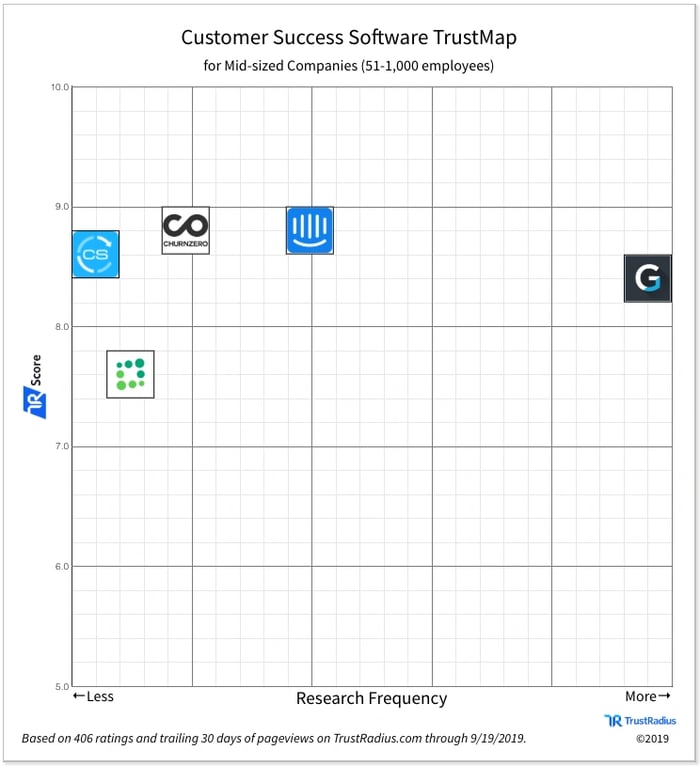
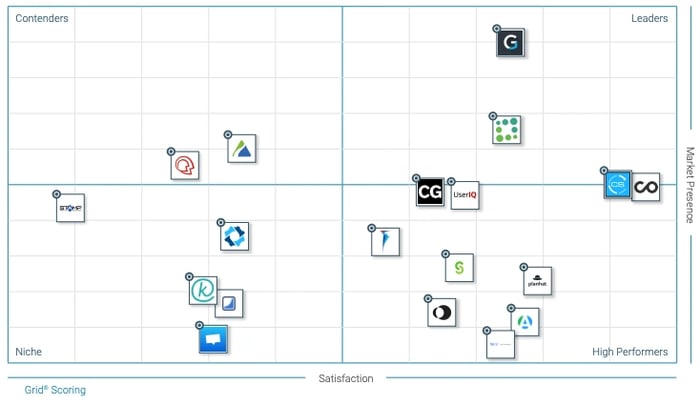
At the end of the day, it's the customer who defines the category. Beyond simply validation, best-of-breed companies work collaboratively with their customers to define processes, standardize metrics, and settle best practices. Whether organically through ongoing engagement with customers or more formally through advisory committees, categories are not created in silos.
At the time, there was a job that existed called Customer Success Manager. It was under-resourced and maybe a little under-appreciated, but it was real. These CSMs would meet online in a LinkedIn Group and in person in offices across the Bay Area. They had a ton of passion and energy when they connected with each other.
Ultimately, we listened to them. It was the right call for us, and it's likely the right call for you.
Takeaway:
- Listen to the customer or people who interact regularly with your target audience when choosing a product or company name
2. Separate your community brand from your company brand.
When Anthony Kennada (our former CMO) had the idea to put on an event for CSMs, we were still in the process of rebranding from Jbara to Gainsight. So we decided to call the conference Pulse, a micro-brand that we still operate today, which has become synonymous with the customer success community and Gainsight's thought leadership.
The choice to separate the more community-driven brand from the technology was motivated by necessity, but also proved to be prescient -- the community needed to grow regardless of whether or not they bought Gainsight. We decided we weren't going to talk about Gainsight in the early days of Pulse.
And it was tough, because you want all your actions to fuel your funnel, and figuring out how to talk to finance or the board about that choice can be really hard.
However, in the end, we've seen a ton of growth in the conference overall. This year, we drew nearly 6,000 people to Moscone Center and another 1000+ to events in London, New York, Atlanta, Seattle, Boston, and Sydney:
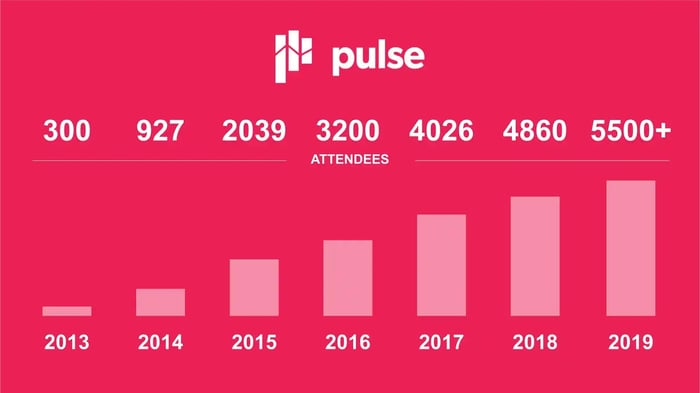
Customer success is a self-sustaining community now, and we find the Pulse audience is actually a lot hungrier for product-focused content at our events. But in the early days of category creation, that wasn't be the case.
Three takeaways:
- Separate your community brand from your company brand.
- Momentum is everything!
- The community is your "product" too!
3. Evangelize.
Want happy enterprise customers?
— Jason ✨😊✨ Lemkin 🦄 (@jasonlk) January 11, 2019
You gotta get on jets, folks
You gotta go there https://t.co/VdvxT4WOnP
As Jason Lemkin says, you gotta get on jets. We talked, we listened, we visited as many companies, customers, prospects, and partners as humanly possible.
It's a muscle we exercised early and I still (proudly) spend more time with customers than many CEO's I know.
We spent endless hours doing webinars, podcasts, blogs. We literally wrote the book on customer success. That was instrumental for the category, and for Gainsight. But like Pulse, we kept the focus on the person, not the product.
But the ultimate value in all this effort had less to do with what we were able to say to our growing community, and everything to do with what they had to say to us.
All this facetime (especially with customers) infused their voice deeply into our product, our culture, our evangelism. It gave us an unbeatable advantage.
Three takeaways:
- Meet your customers (in-person, if possible).
- It's about the people not the product.
4. Be authentic at scale.
People like doing business with people they trust, admire, and like. Your executive team ought to be the public expression of the company's purpose and values. For me, that means being vulnerable -- and I would encourage you to try it, too.
We've been pretty transparent about Gainsight's purpose, to be living proof that you can win in business while being human-first. Our values are the foundation for who we are and how we choose to work with each other, our customers, and our community.
Social media gives you a great opportunity to do this at scale. One of our values is Childlike Joy, and we've made no secret of it -- whether it's our carpool karaoke videos, my weird fixation on parody hip-hop songs, or even just being intentionally more open.
Three takeaways:
- Blur the lines between culture and community.
- Spend more time in person
- No shame (as displayed in the hip-hop song)!
5. Focus on long-term results.
You don't need me to tell you that the category creation play is not about getting quick wins. It takes a lot more patience to go-to-market this way than it does to try to disrupt an established industry.
But we also know how tempting it can be to chase those quick wins at the expense of long-term strategy, especially when board meetings come every quarter, not every five years.
One of the biggest advantages we had was strong alignment between our Product teams and our Customer Success teams. It doesn't matter what category you're trying to create -- you need to deliver on your customers' desired outcomes, and you need to do it with your product, not just your focus on good customer success.
For us, the process paid off. There are 32,479 true CSMs in the world today. That's over 100% growth each year for the past three years, and there are currently 71K open new jobs, 45% of which are outside the U.S. Nowadays, customer success is one of the fastest-growing careers.
Three takeaways:
- Product and Success together.
- Scale sales carefully.
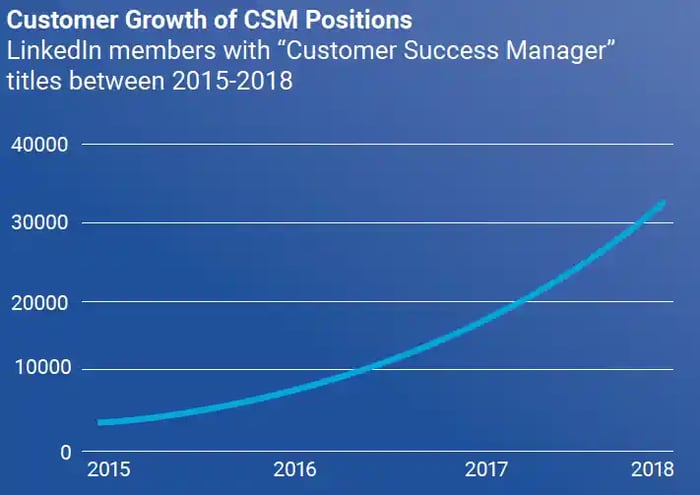
Be patient—it can happen for you, too.
Gainsight is to customer success industry in 2016
— Brian Halligan (@bhalligan) May 11, 2016
AS
HubSpot was to the marketing industry in 2012 (or something like that)
Product Marketing


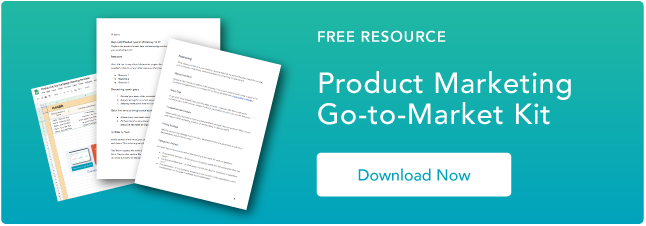




![The 6 Stages of the Product Life Cycle [+Examples]](https://53.fs1.hubspotusercontent-na1.net/hubfs/53/product-life-cycle_0.webp)
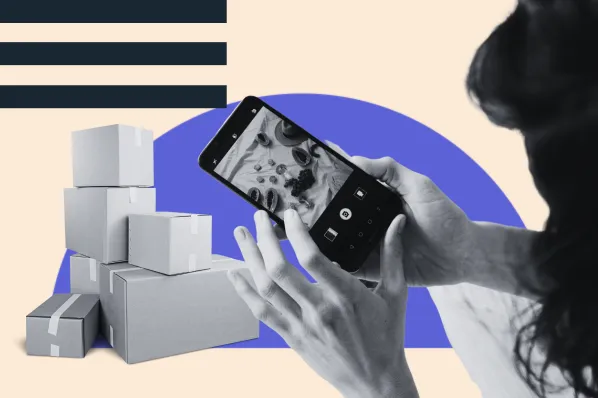
![How to Create a Product Launch Email [Outlines + Templates]](https://53.fs1.hubspotusercontent-na1.net/hubfs/53/create-a-product-launch-email_5.webp)


